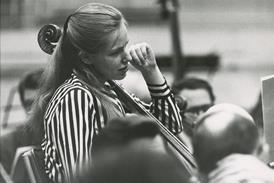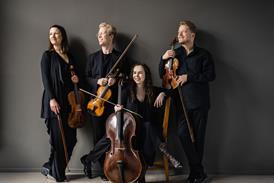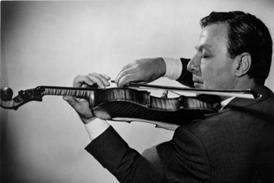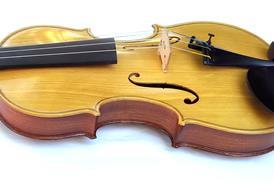- News
- For Subscribers
- Student Hub
- Playing Hub
- Podcast
- Lutherie
- Magazine
- Magazine archive
- Whether you're a player, maker, teacher or enthusiast, you'll find ideas and inspiration from leading artists, teachers and luthiers in our archive which features every issue published since January 2010 - available exclusively to subscribers. View the archive.
- Jobs
- Shop
- Directory
- Contact us
- Subscribe
- Competitions
- Reviews
- Debate
- Artists
- Accessories
Masterclass: Moray Welsh on Schubert’s Arpeggione Sonata first movement

Moray Welsh looks at the cello version of the first movement, whose successful execution requires boundless musicality, lyricism and technical finesse
Explore more Masterclasses like this in The Strad Playing Hub
Read more premium content for subscribers here
The arpeggione is the Cinderella of the stringed instrument family. Fortunately the glass slipper it left behind, in the form of Schubert’s Arpeggione Sonata, has remained a rare gem in the repertoire of cellists and viola players alike, both of whom are eager to claim it as their own. Indeed, the greater range and sonority of the cello and viola do more justice to the song-like character of the sublime music that Schubert in 1824 so willingly penned for this ‘test-tube’ instrument, as a commission from his arpeggione virtuoso friend Vincenz Schuster.
Visually the arpeggione, invented around 1823, is a hybrid of the viola and the cello combined uneasily with attributes of the guitar and viola da gamba. It is fretted but bowed, six-stringed, and it has a fingerboard length halfway between that of the viola and the cello. There are examples of cornerless violins by Stradivari to which the design bears some resemblance, such as that played at one time by Joshua Bell, but the fact that no other significant music was composed for it only serves to underline its lack of attraction to players and composers. Rather like a genetic mutation that has proved to be infertile, it has for the most part been consigned to the shelves of the museum. Those brave souls who have experimented with both making and playing it are to be lauded for their advocacy, but time and natural selection have rather discredited their efforts.
Already subscribed? Please sign in
Subscribe to continue reading…
We’re delighted that you are enjoying our website. For a limited period, you can try an online subscription to The Strad completely free of charge.
* Issues and supplements are available as both print and digital editions. Online subscribers will only receive access to the digital versions.




























